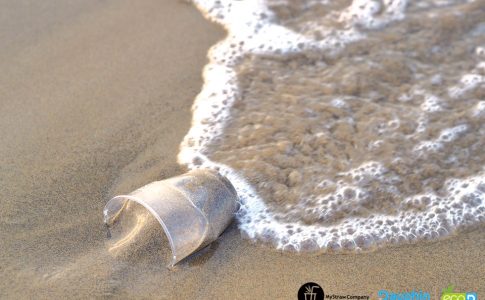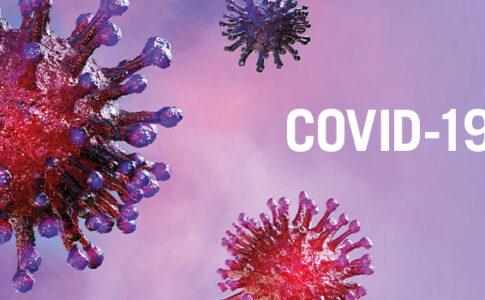It has now been several days since the banks of brown algae have reappeared in Saint Martin. Much to the chagrin of locals and tourists.
A real scourge that floods the beaches of Saint-Martin each year, sargassum is a brown seaweed from the Sargassaceae family, the first wave of groundings of which hit the Caribbean zone in 2011, and this, without precedent. Thanks to satellite images and the principle of remote sensing, it has been proven that an enormous quantity of floating plants, presumably of the genus Sargassum, was born off the coast of Brazil and that the extension of this population reached, in July of the same year, the African coast to the east, and the Lesser Antilles and the Caribbean to the west. No relation therefore with the Sargasso Sea, an area located in the North Atlantic Ocean. If on our coasts, the littoral deposits sometimes exceed a meter in thickness, the banks of algae trap the sea turtles by preventing them from coming to lay eggs on the beaches and fill the air with a stench which affects health and quality of life, many locals often complain of eye irritation, sore throat or even nausea, symptoms caused by hydrogen sulphide which can block cellular respiration above a certain concentration. Swimming in banks of Sargassum is strongly discouraged because it can cause itchy skin, it is always recommended to rinse with fresh water for those most sensitive to this kind of dermatological reaction. The phenomenon of sargassum banks has dramatic consequences on fishing and tourism. Despite the deployment of collection systems at sea and anti-Sargassum barriers, the collection of these algae requires a large workforce, financial means and regular interventions.
The problem is recurrent on the territory of Saint Martin. Sargassum extends from the West Indian coast up to 600 km offshore, from the south of Barbados up to Antigua. Despite an optimistic bulletin from the Delegation for the Environment, Planning and Housing concerning the northern islands, given the start of the season, which usually runs from April to the end of August, this year is likely to be still very or even too productive. Orient Bay is already notified on the Sargassum Monitoring platform (see Info). Let's hope that the Collectivity takes the necessary measures to remove the sargassum already present before the phenomenon worsens. _VX
Info: To follow in real time the evolution of the beaches impacted by the presence of Sargassum, consult the platform https://sargassummonitoring.com
7,218 total views







No comments